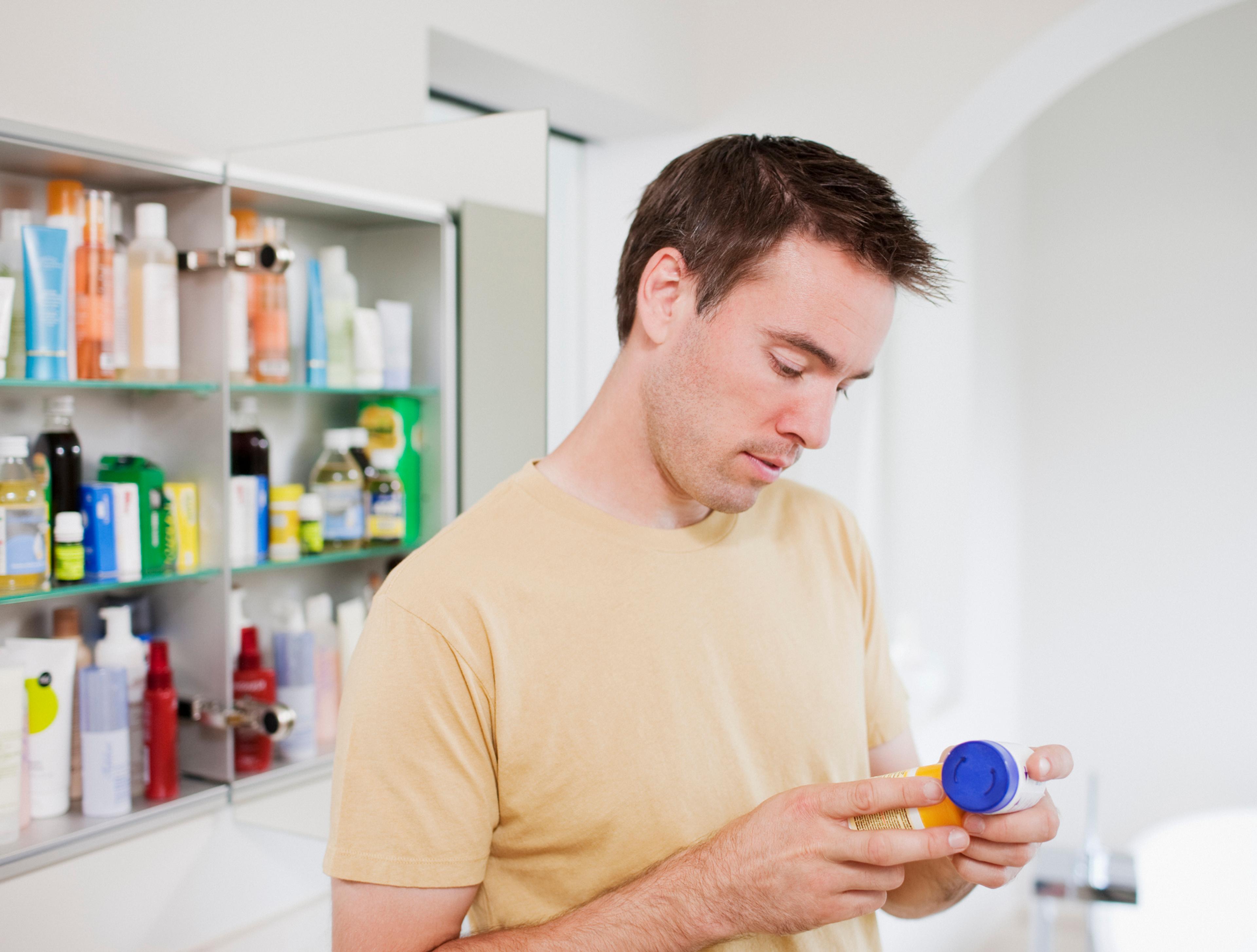
Did you know that an estimated 20 million new STD infections are reported annually in the United States? If you’re sexually active, protecting yourself against STIs (sexually transmitted infections) and STDs (sexually transmitted diseases) is an important part of a healthy lifestyle. Here’s what you need to know. How to Protect Yourself The easiest way to avoid STIs/STDs is to not engage in sexual activity in any fashion. However, that may not be entirely realistic. If you’re sexually active, the Centers for Disease Control and Prevention recommends vaccinating against hepatitis B and the human papilloma virus (HPV). Reducing the number of sexual partners you have and aiming for mutual monogamy with an uninfected partner is also advised. Using a condom correctly every time you have sex can help you avoid most STDs, although herpes and HPV can still be spread through a partner’s skin even if you’re using a condom. The Importance of Regular Testing If you have multiple partners or are at greater risk for contracting STIs/STDs, regular screening is a must. Some STDs, such as chlamydia and HPV, often don’t have symptoms, which means you could be infected without even knowing. Talk to your doctor or schedule an appointment at a local health clinic to discuss your sexual habits, risk level for contracting diseases and to put a plan in place for regular testing based on your needs. Stopping the Spread While a positive test result isn’t ideal and can be distressing, it’s important to take charge of your health and others you may have had sexual contact with in the past and moving forward. Reach out to your past sexual partners to urge them to get tested. An open and honest conversation with new partners is also vitally important in making sure that you don’t infect anyone else. With breakthroughs in treatment, many STDs are manageable. Antibiotics can help treat STDs and STIs caused by bacteria, yeast or parasites. While viral infections cannot be cured, there are plenty of medicines that can help with the symptoms and make the disease controllable. Staying Safe at Every Age Many tend to link STDs with younger adults, although the risk is still there for older generations. In fact, according to the CDC, various STDs and STIs are rising for men and women 65 and older. Even though pregnancy may no longer be a concern, condom use is still encouraged to protect against STIs/STDs. Older individuals should also follow guidelines to engage in regular testing and disclose any existing diseases to new partners to avoid passing it on. Like this post? Here's more you should read:
- Grant Expands STD Testing for At-Risk Detroit Residents
- The Young Adult's Guide to Doctor Visits
- 4 Life-Saving Health Appointments All Women Should Schedule
Photo credit: 1BSG





